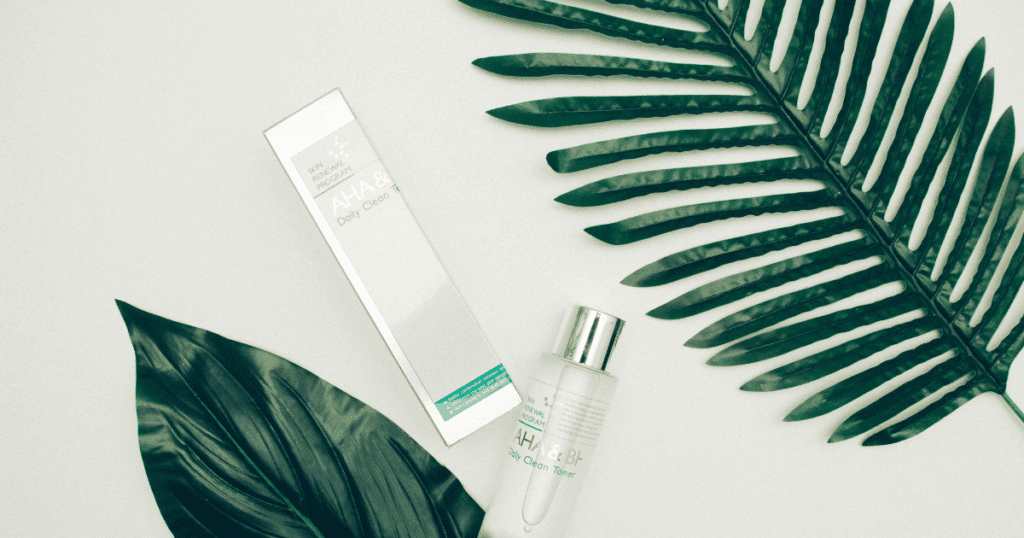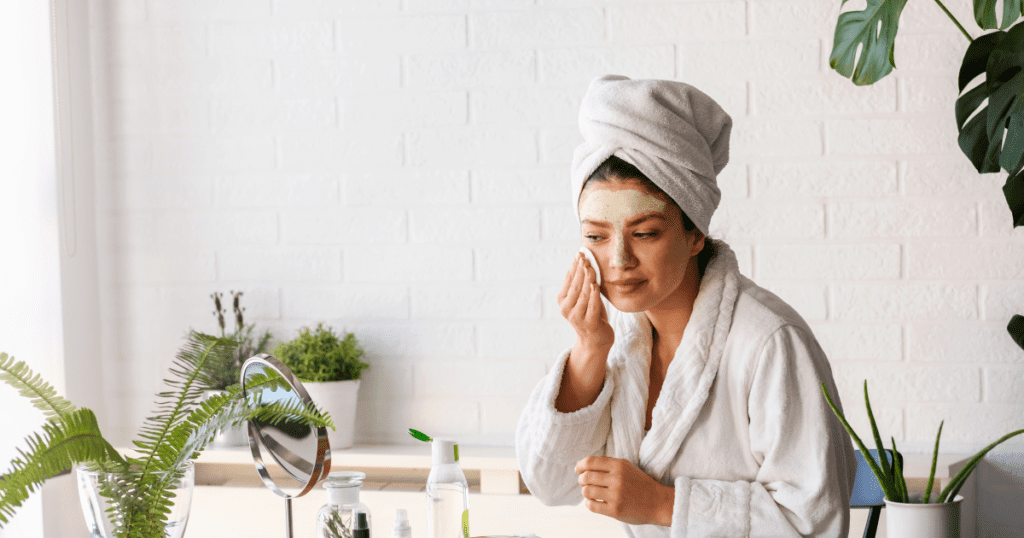The Ultimate Guide to Agebiotics: How They Revitalize and Nourish Your Skin
Many people use a variety of skincare products and procedures in an effort to achieve healthy, youthful skin. The usage of agebiotics is one new trend in the skincare business. With the help of these cutting-edge products, you may obtain a youthful and bright complexion by reviving and nourishing your skin. In this thorough guide, we’ll delve into the world of agebiotics and examine their advantages, applications, and reasons for rising in popularity among skincare devotees.
Understanding Agebiotics

What are Agebiotics?
Agebiotics are a revolutionary class of skincare products that use probiotics and prebiotics to support a balanced skin microbiota. The varied community of microbes living on the surface of our skin is referred to as the skin microbiome. For overall skin health, a balanced and diversified skin microbiome is crucial, just as the gut microbiome.
The Role of Probiotics
Probiotics are good bacteria that help keep the natural balance of our skin by collaborating with it. These microbes assist the skin’s immune system, fortify the skin’s barrier, and guard against hazardous pathogens. Agebiotics optimize the skin microbiome by integrating probiotics into skincare formulations, resulting in healthier and more resilient skin.
Harnessing the Power of Prebiotics
Prebiotics nurture probiotics by giving them the vital resources they require to flourish. To increase the probiotics’ effectiveness and ensure their survival and activity on the skin, prebiotics are frequently used in agebiotic skincare products. Agebiotics, which include probiotics and prebiotics, foster the growth of good bacteria, which leads to better skin health.

Benefits of Agebiotics
Numerous advantages for your skin are provided by agebiotics. Let’s look at some of the main benefits that make agebiotics an important addition to your skincare routine:
- Improved Skin Barrier Function
The skin barrier acts as a barrier against dangerous infections, moisture loss, and environmental stresses. Agebiotics serve to fortify the skin barrier, improving its capacity to hold onto moisture and protect itself from outside aggressors. This results in a skin barrier that is stronger and healthier, which is necessary for preserving a young appearance.
- Enhanced Hydration
Maintaining smooth, plump skin requires proper hydration. By encouraging the development of natural moisturizing elements, agebiotics help to improve the skin’s moisture balance. Agebiotics help to create a complexion that is smoother and more luminous by repairing and maintaining adequate hydration levels.
- Decreased Inflammation
Inflammation is a common issue that can contribute to skin conditions such as acne, rosacea, and eczema. Anti-inflammatory qualities of agebiotics aid in calming and soothing inflamed skin. Agebiotics can help with redness, irritation, and a more even skin tone by lowering inflammation.
- Anti-Aging Effects
As we age, our skin undergoes various changes, including a decrease in collagen production and elasticity. Agebiotics can help combat these signs of aging by stimulating collagen synthesis, improving skin firmness, and reducing the appearance of fine lines and wrinkles. Regular use of agebiotic products can result in a more youthful and revitalized complexion.

How to Incorporate Agebiotics into Your Skincare Routine
To fully experience the benefits of agebiotics, it’s essential to incorporate them into your daily skincare routine. Here’s a step-by-step guide to agebiotics on how to effectively use agebiotic products:
Step 1: Cleanse
Begin by cleansing your face with a gentle, agebiotic-infused cleanser. This will remove impurities and prepare your skin for the subsequent skincare steps.
Step 2: Tone
After cleansing, apply an agebiotic toner to balance the skin’s pH levels and provide additional nourishment. Gently pat the toner onto your face and neck using a cotton pad or your fingertips.
Step 3: Serum
Next, apply an agebiotic serum to target specific skin concerns. Agebiotic serums are formulated to penetrate deeply into the skin, delivering a concentrated dose of probiotics and other beneficial ingredients.
Step 4: Moisturize
Follow up with an agebiotic moisturizer to seal in moisture and provide long-lasting hydration. Massage the moisturizer into your skin using gentle upward motions.
Step 5: Protect
Complete your skincare routine by applying a broad-spectrum sunscreen with an SPF of 30 or higher. Sun protection is essential to shield your skin from harmful UV rays and prevent premature aging.
Agebiotics have revolutionized the skincare industry by leveraging the power of probiotics and prebiotics to enhance skin health. With their ability to revitalize and nourish the skin, agebiotics offer a holistic approach to achieving a youthful and radiant complexion. By incorporating agebiotic products into your skincare routine and following the recommended steps, you can harness the numerous benefits they provide. Embrace the agebiotic revolution and unlock the potential for healthier, more vibrant skin.
Frequently Asked Questions (FAQs)
Here are some commonly asked questions about agebiotics and their role in revitalizing and nourishing the skin:
Agebiotics are a category of skincare products that utilize the power of probiotics and prebiotics to promote a healthy skin microbiome. They work to optimize the balance of beneficial bacteria on the skin, leading to improved skin health and appearance.
Agebiotics offer several benefits for the skin. They help strengthen the skin's barrier function, enhance hydration levels, reduce inflammation, and have anti-aging effects by promoting collagen synthesis and improving skin firmness.
Yes, agebiotics are suitable for all skin types, including sensitive skin. However, it's always recommended to check the specific product instructions or consult with a dermatologist if you have any concerns about using agebiotic products.
Agebiotics are generally considered safe for use on the skin. However, it's important to patch test new products on a small area of skin before applying them to your entire face to check for any adverse reactions. If you have any known allergies or sensitivities, it's advisable to review the product ingredients or consult with a healthcare professional.
The timeframe for seeing results may vary depending on the individual and the specific product being used. Generally, it's recommended to use agebiotic products consistently for a few weeks to notice visible improvements in the skin's health and appearance. However, it's important to remember that skincare results can be influenced by various factors, including lifestyle, diet, and overall skincare routine.
Agebiotics can be a beneficial addition to your skincare routine, but they may not necessarily replace other essential skincare products. It's important to continue using a well-rounded skincare regimen that includes cleansing, moisturizing, sun protection, and other targeted treatments as needed. Agebiotics can complement and enhance the effects of other skincare products to promote overall skin health.
Yes, agebiotics can generally be used alongside other skincare ingredients. However, it's advisable to avoid using multiple active ingredients simultaneously, as they may interact or cause skin sensitivity. It's always recommended to follow the instructions provided with each skincare product and consult with a dermatologist if you have any concerns or questions about specific ingredient combinations.
Yes, agebiotics can be beneficial for acne-prone skin. They help maintain a balanced skin microbiome and reduce inflammation, which can contribute to acne breakouts. However, if you have severe or persistent acne, it's advisable to consult with a dermatologist for a personalized skincare approach.
